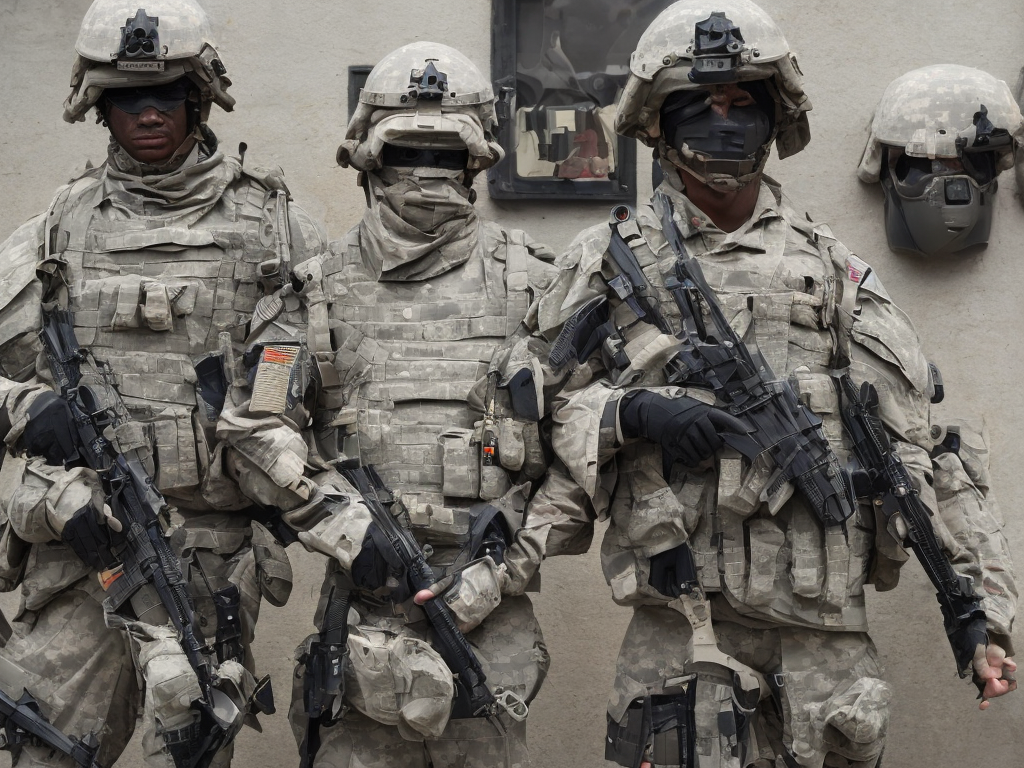
Organizations
The terms ‘military’ and ‘paramilitary’ are often used interchangeably but they are distinct in terms of their function, structure, and legal authority. To understand the difference between military and paramilitary organizations, it is important to look at their origins.
Military organizations are an integral part of a nation’s defense apparatus. They are established by the government to defend the state from external and internal threats. The military operates under strict rules and regulations to ensure discipline and order. Its personnel undergo rigorous training, and they are expected to have a high level of discipline and patriotism towards the country.
On the other hand, paramilitary organizations are established to support the military or to provide security for specific interests. They are not officially part of the military but are often given security-related duties that are within the purview of the military. Paramilitary organizations operate outside the purview of the standard military hierarchy but are often funded and trained by the government.
Difference in Function
The primary purpose of a military organization is to defend a nation from external and internal threats. Military personnel are equipped with specialized weapons and training to enable them to carry out their primary function of defending the country. Military organizations are structured to lead and execute large-scale military operations in a coordinated and efficient manner.
Paramilitary organizations, on the other hand, are more focused on carrying out specific functions that support the primary function of the military. These organizations are often tasked with providing security for important figures, facilities, and resources. They also play a significant role in combating terrorism, insurgency, and organized crime. For instance, the Nigerian government established the Civilian Joint Task Force (CJTF) to support the military in fighting the Boko Haram insurgency in the North-Eastern region of the country.
Difference in Structure
Military organizations have a structured hierarchy that is based on rank and position. Leadership is clearly defined and the chain of command is well established. The top tier of the military is the commander-in-chief, who is typically the head of state. The next level of command is the military high command that is comprised of top-ranking military personnel. The high command is responsible for strategy and planning, while lower-ranking officers and enlisted personnel are responsible for executing the planned strategies.
Paramilitary organizations, on the other hand, operate outside the traditional military hierarchy. They are often loosely structured, with leadership roles not clearly defined. The leader of a paramilitary organization is often referred to as a commander, but the position is not official like in the military. The lack of clear leadership structure can often lead to rogue behavior by paramilitary personnel.
Difference in Legal Authority
Military organizations operate within the framework of the law. They are regulated by international law, domestic law, and military law. Military personnel are expected to abide by these laws at all times. They are accountable for any illegal or unethical behavior, and they are subject to severe punishment if they are found to have committed any illegal act.
Paramilitary organizations, on the other hand, are often not subject to the same level of legal scrutiny. They operate in a gray area where the lines between legality and illegality are often blurred. The legal authority of these organizations is often unclear, and they are often given legal immunity, which can lead to abuse of power by those in charge.
Conclusion
In conclusion, military and paramilitary organizations are distinct in terms of their function, structure, and legal authority. While they may share some similarities, their primary purpose, and mode of operation differ vastly. Military organizations are charged with defending the country against external and internal threats, while paramilitary organizations are established to support the military or to perform specific security-related functions. Military personnel undergo extensive training and are held to high standards of discipline and accountability under the law, while paramilitary personnel may operate outside the confines of the law. It is important to recognize the difference between these two organizations to understand their role in society and to ensure that their activities are held accountable to the rule of law.
 Self-Instruct
Self-Instruct